GAIL, Bombay Dyeing, HDFC, Avenue Supermarts, Nykaa, Vedanta, Dilip Buildcon stocks in focus
Indian benchmark indices BSE Sensex and NSE Nifty 50 are likely to open higher amid positive global cues. Ahead of the session, SGX Nifty was up in green, hinting at a positive start for domestic equity markets. “The pressure in the global indices, especially the US, is weighing on the sentiment and we feel the scenario would continue in absence of any major domestic trigger. A decisive breakdown below 16800 in Nifty could intensify the selling. Participants should stay light and prefer defensive viz. pharma and FMCG over others for long trades,” said Ajit Mishra, VP – Research, Religare Broking.
Stocks in focus on 4 October, Tuesday
Also Read: Strong credit ratings upgrades for Indian firms; these sectors climb up the most as credit quality improves
Housing Development Finance Corporation: HDFC said loans assigned in Q2FY23 stood at Rs 9,145 crore, up from Rs 7,132 crore in same period last year. All the loans assigned during the quarter were to HDFC Bank. Gross income from dividend for Q2 came in at Rs 1,360 crore and the profit on sale of investments was nil for the quarter.
Bombay Dyeing: The rights issue committee of Bombay Dyeing & Manufacturing Company has considered and approved the draft letter of offer for the proposed Rs 940 crore, the company said in a BSE filing. On September 22, the company’s board had approved raising of funds through a rights issue of upto Rs 940 crore. The draft letter of offer dated October 3, 2022 will be filed with the Securities and Exchange Board of India (Sebi), BSE and NSE.
Vedanta: The company said its alumina production at Lanjigarh refinery decreased by 11% on-year to 4.54 lakh tonnes due to scheduled maintenance, and at Zinc India, reported highest-ever second quarter mined metal production at 2.55 lakh tonnes, up 3 percent on-year, driven by better grades and improved mill recoveries. In the steel segment, its total saleable production increased by 11% on-year to 3.25 lakh tonnes on account of completion of debottlenecking activities in Q1FY23.
Nykaa: Nykaa’s board has approved issuance of bonus to its shareholders in proportion of 5:1, which means that for every one fully paid-up equity share held, a shareholder will get five fully paid-up shares of the company. The company has fixed November 3 as the record date to determine members eligible for bonus equity shares. The company, founded by Falguni Nayar, was listed on the exchanges on November 10 last year.
Avenue Supermarts: The D-Mart operator announced standalone revenue for the quarter ended September 2022 at Rs 10,384.66 crore, up significantly by 36% from Rs 7,649.64 crore in the same period last year. The total number of stores as of September 2022 stood at 302.
Also Read: Paytm share price rises 7% in 6 months, may rally this much more; JP Morgan bullish, should you buy?
Dilip Buildcon: The road construction company through its joint venture RBL-DBL has received a letter of acceptance (LOA) for its Surat Metro Rail Project in Gujarat. The order is worth Rs 1,061 crore.
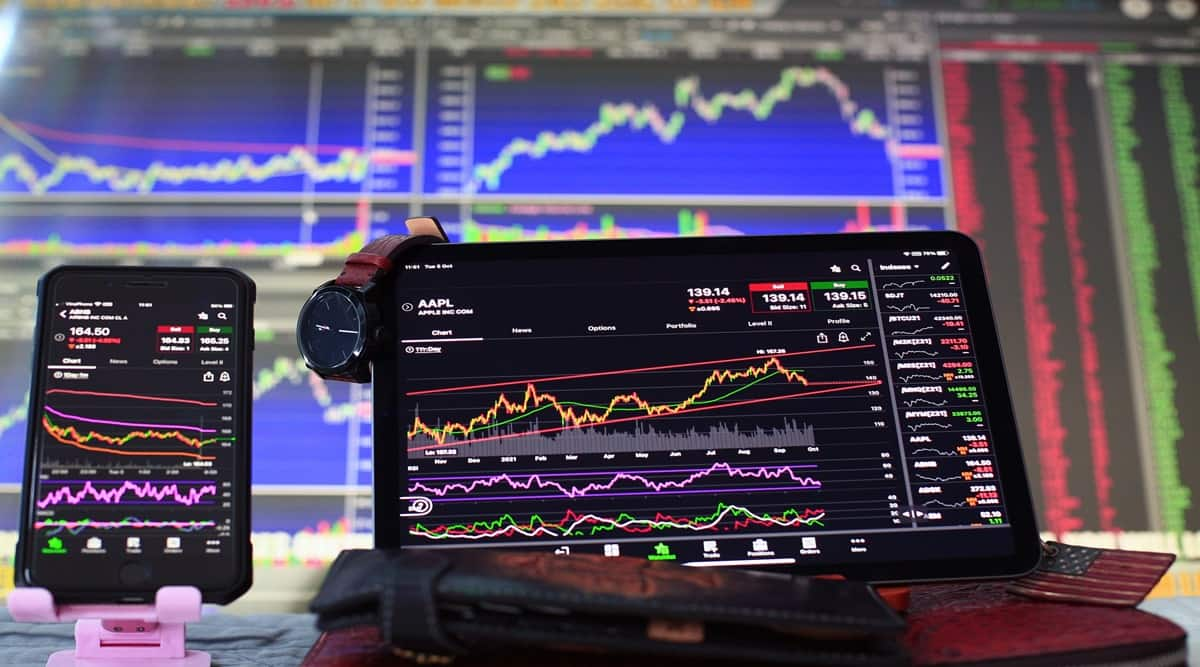
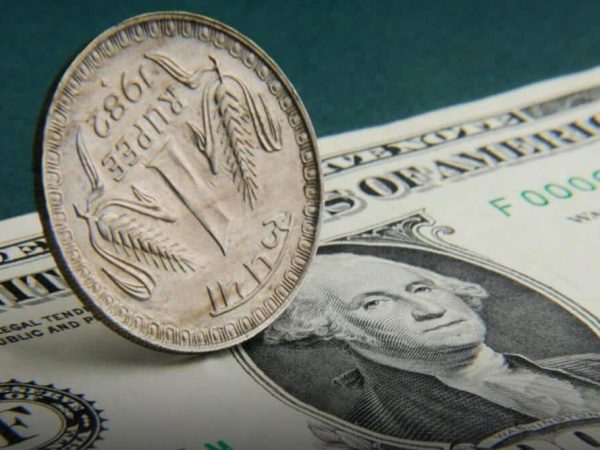
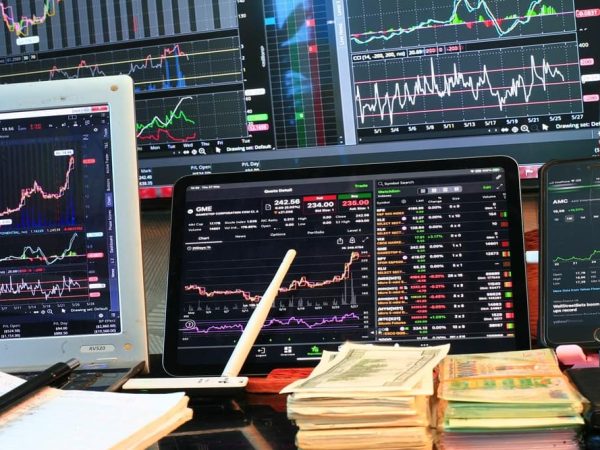
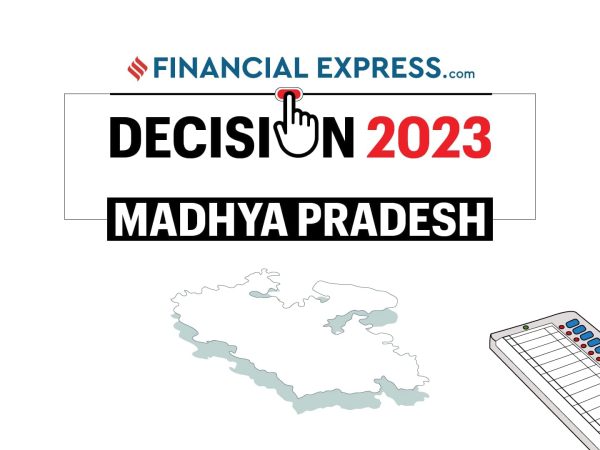
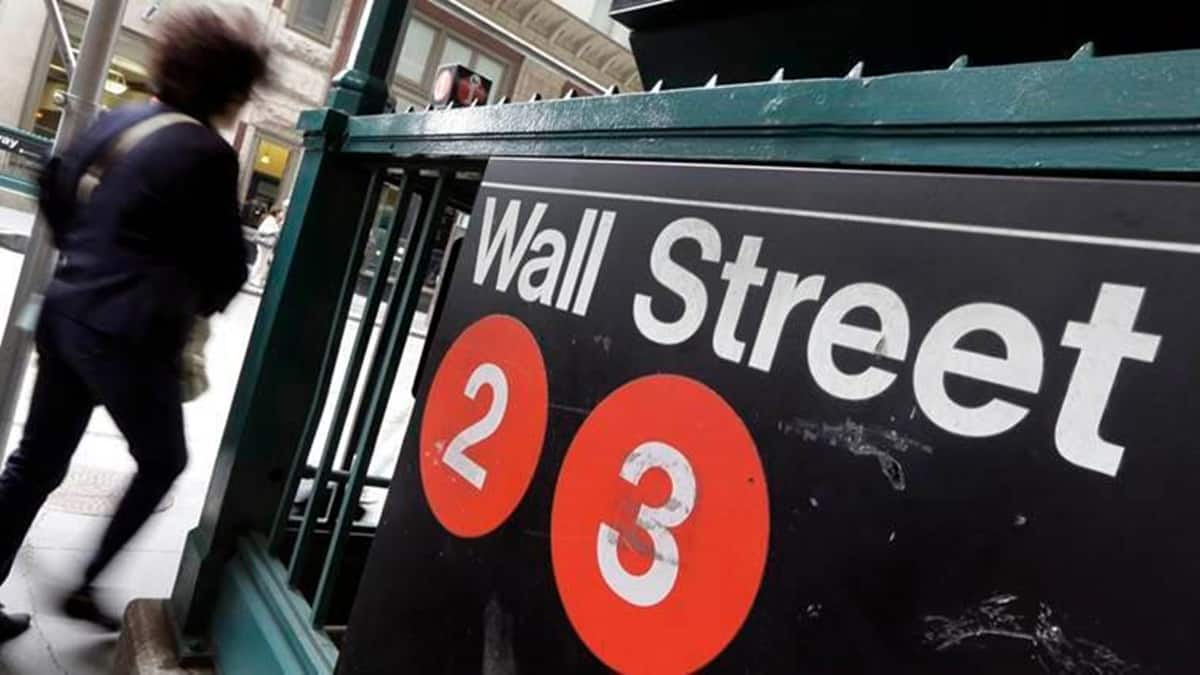

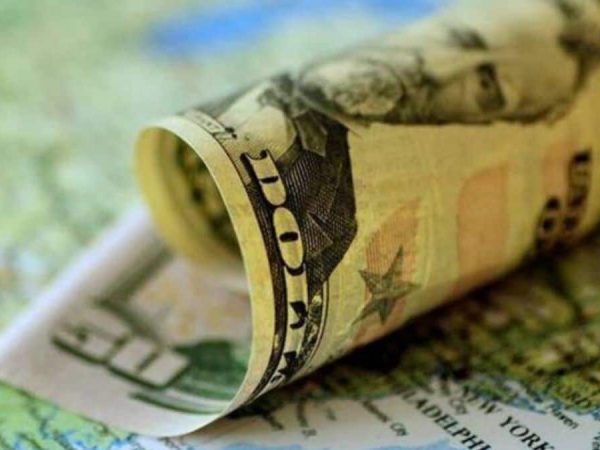


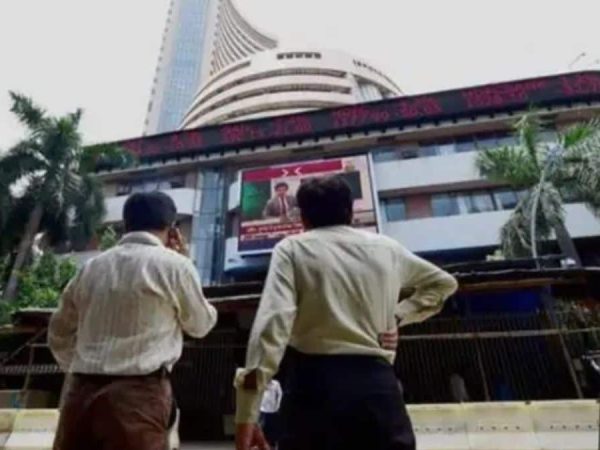
Recent Comments